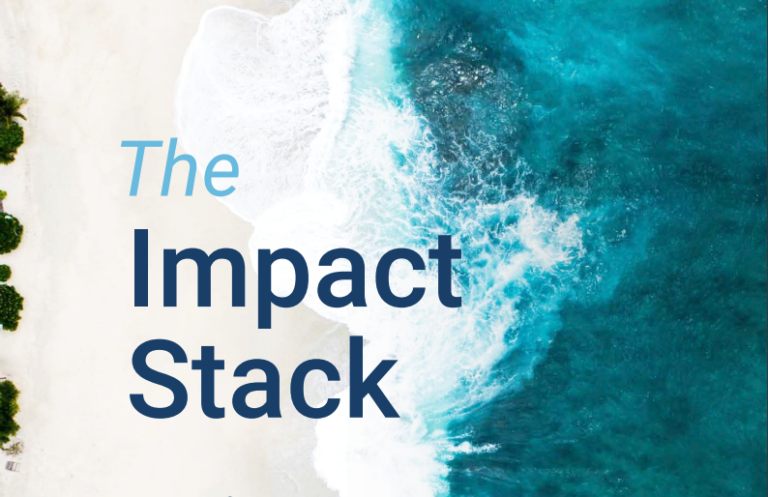After twenty years, I stopped writing about the power of a carbon price to reduce emissions, it felt futile.
I was told, by some very smart people, that despite it being a market-based model, and despite it coming straight from the economics textbooks, it was simply too politically unpalatable.
It seemed it was far easier to spread fear and doubt, than it was to explain the nuance of a complex economic model. Even if the model is a market-based mechanism.
It was always surprising to me that conservative politicians, the self-described heroes of free-markets, would be so desperately fearful of a model that put power in the hands of industry, letting businesses decide how they would internalise the ‘negative externality’ of carbon pollution.
So I gave up. And I shifted my focus to other areas of opportunity and optimism for Australia’s future.
But then… the Labor party got their mojo back, announcing a reboot of the Safeguard Mechanism!
Australia looks set to finally have a price on carbon, in the form of a cap and trade system that will apply to the country’s largest industrial emitters.
A spark of hope was rekindled, that the pragmatic efficiency of markets would be given another chance, to let the market decide how much it should cost to pollute the atmosphere.
The Labor Government Wants To Fix The Safeguard Mechanism
The Labor party was burned many years ago when Julia Gillard legislated a carbon tax, after much internal unrest the party was ousted. Tony Abbott’s government took over and swiftly removed the carbon tax.
At the start of 2023, Anthony Albanese is rightly cautious about the baggage of appearing to impose another ‘carbon tax’.
So, his government has chosen to stick with the language and broad structure of the Liberal party’s Safeguard Mechanism, but this time, the rules will be enforced, and it’s set to actually have an impact.
The Liberal Party set up the safeguard mechanism in 2016, the only problem was, it didn’t work. Industrial emissions increased over the life of the plan.
Under its original guise, the baselines proved to be ‘flexible’. They were either set too high, or, they could be ‘revised’ when the facility got too close to their limits.
The Labor party wants to change that. The new recommendations are part of the Powering Australia policy, and follow support from the Business Council of Australia.
The scheme depends on an emissions baseline being set for 215 of Australia’s largest polluters (they collectively produce about 30% of the country’s emissions). It’s an emissions constraint, it’s designed to be a hurdle.
You can read the new policy paper here.
There will be a tangible constraint on emissions, which means heavy industry will have to decide whether it’s cheaper to keep polluting, or, invest in new low carbon technologies and processes.
The model takes a ‘hybrid’ approach to setting baselines, in an attempt to give high-emitters time to adapt. So far it models an emissions reduction of 4.9% per year to 2030.
Safeguard emissions are expected to be 143Mt (co2e) in 2023, aiming to reduce this to 100Mt (co2e) by 2030.
This is great news for the environment, while also helping to future-proof Australian industry amid the inevitability of a carbon constrained future. And of course it will contribute to achieving the country’s net zero goals.
Remember: A Cap and Trade Scheme Is Not a Carbon Tax
A cap and trade scheme is different to a carbon tax, even though both aim to put a price on carbon.
The Beauty of a Cap and Trade Scheme
A cap and trade system involves the government putting a limit, a cap, on the total amount of emissions that can be emitted in a certain region. It issues emissions allowances up to this cap.
The heaviest polluters, who are given the allowances (or credits) are then left to make their own decisions about how to stay within this new carbon constraint.
They have a few options:
- They can update and improve their processes and operations in order to reduce emissions and meet their ‘baseline’
- They can maintain the status-quo and buy credits off other operators to cover their excess emissions
- Or, they can make major cuts in emissions, and sell their excess emissions to others
The beauty of the scheme is that it allows for carbon trading, which incentivises emissions reduction at the lowest cost possible. While one factory might be able to reduce emissions quite cheaply and easily, this system now pushes them to do it.
But for another facility, like a concrete plant or an aluminium smelter, decarbonistion will be much more difficult and they will instead be able to buy credits off the other facility.
Over time, the total allocation of credits is reduced, this increases their price, and eventually even the most emissions intensive industry will see that it’s cheaper to invest in low carbon production than to buy carbon credits.
A Carbon Tax Is A Blunt Instrument
A carbon tax is a cost that businesses must pay for the excess GHG emissions that they emit.
It’s far simpler than a cap and trade scheme, but it lacks nuance, and is less economically efficient.
A carbon tax does put a price on carbon, and it incentivises low emissions technology, but it will also act as a drag on economic growth as it reduces total demand.
Australia Finally Has a Carbon Price
I’m back in the saddle, there’s hope once more that sound economic theory, and market-based solutions, can be the pragmatic driver of emissions reductions and long term economic growth in Australia.
I apologise ahead of time to my friends, yes you will be hearing ALL about this at the pub.
But to those still reading, please do stay tuned for more nuance on the scheme, and more wonky economic insights about how progressive businesses and innovative investors can help to shape a prosperous future for Australia.





